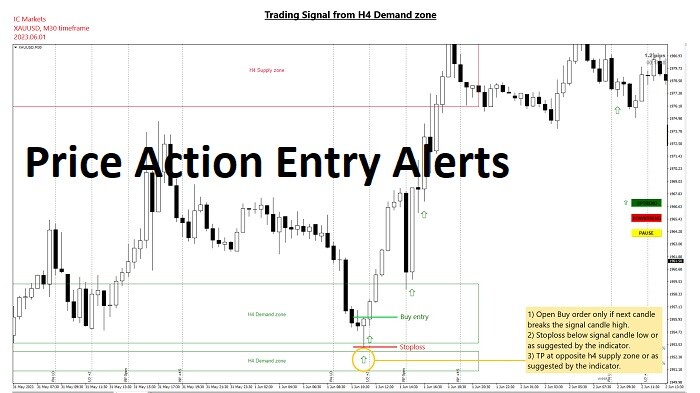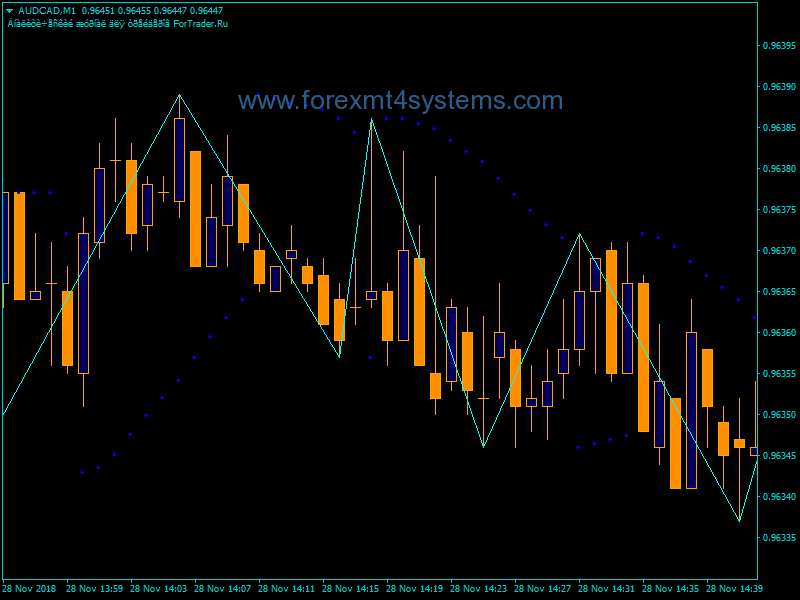Price Action Entry Alerts: A Comprehensive Guide
Price action entry alerts are an essential tool for traders looking to time their market entries precisely. By setting up alerts for specific price events, traders can receive notifications and quickly take advantage of emerging opportunities. This article provides a comprehensive guide to using price action entry alerts effectively.

Download Free Price Action Entry Alerts
What are Price Action Entry Alerts?
Price action refers to the movement of a security’s price over time. Price action entry alerts allow traders to get notified when certain price events occur, signaling a potential trade entry point.
For example, a trader may set an alert to trigger when the price breaks above a key resistance level, indicating a possible long entry. Or they may set an alert when the price pulls back and tests the 20-period moving average, signaling a possible bounce and short entry.
Price action entry alerts help traders identify high-probability entry points based on historical price data and technical analysis, removing the need to stare at charts all day. They act as an extra set of eyes, allowing traders to wait patiently for prime conditions to emerge.
Key Benefits of Price Action Entry Alerts
- Improved timing – Alerts enable traders to receive instant notifications when an entry trigger occurs, allowing precise timing of entries.
- Removal of emotion – Alerts provide objective entry signals, preventing traders from prematurely jumping into trades.
- Flexibility – Alerts can be tailored to suit a trader’s strategy, market, and timeframe.
- Efficient – Alerts eliminate the need to manually monitor charts, freeing up time.
- Risk management – Alerts allow traders to wait for clearly defined entry rules to be met before placing trades.
Types of Price Action Entry Alerts
There are several types of price action alerts traders can utilize:
Support and Resistance Levels
Monitoring key support and resistance levels is critical in price action trading. Traders can set alerts when the price breaks above resistance or bounces off support. This signals potential trend continuations.
Chart Patterns
Alerts can be used to notify traders when certain chart patterns complete, such as double tops, head and shoulders, triangles, flags, and wedges. The pattern completion indicates a high probability entry point.
Candlestick Patterns
Candlestick patterns like engulfing or hammer candles often precede significant price moves. Alerts can identify these patterns as they form, allowing quick entries.
Moving Averages
The dynamic support and resistance of moving averages can be monitored via alerts. For example, when the price crosses above a moving average, it signals upside momentum.
Volatility Bands
Volatility bands like Bollinger Bands can define overbought and oversold levels. Alerts can be set when the price reaches the upper or lower band, forecasting a reversal.
Volume Spikes
Unusually high trading volumes often precede big price swings. Volume spike alerts help traders capitalize on increased market participation.
Momentum Divergence
The divergence between price and an oscillator like RSI can indicate trend reversals. Alerts allow traders to quickly identify momentum divergences.
How to Set Up Effective Price Action Alerts
Follow these tips to configure optimal price action entry alerts:
- Set alerts on your key chart timeframes, such as the daily or 4-hour charts for swing trading.
- Look back at historical charts to identify significant levels and patterns to set alerts on.
- Configure alerts just above key resistance levels or just below support to account for some variance.
- Set alerts on moving averages and volatility bands based on recent price action rather than just defaults.
- Test alerts in a demo account first to ensure they are triggering as expected.
- Use multiple confirmation indicators like volume and momentum oscillators to qualify alerts.
- Set alerts leading into major news events like employment reports that can spark volatile breakouts.
- Avoid setting too many alerts to prevent an overload of notifications. Prioritize the most important levels.
- Use visual and audio alerts to ensure notifications are received and acted on quickly.
- Have a trading plan ready to execute when an alert triggers to capitalize on the signal.
Price Action Trading Strategies Using Alerts
Here are some example trading strategies using price action entry alerts:
Breakout Strategy
Trade breakouts by setting alerts just above key resistance levels or below support. When triggered, enter long or short respectively with a stop below the breakout level. Ride momentum upwards or downwards. Close partial profits at 1:1 and the remainder at 2:1 or higher.
Pullback Strategy
Look for temporary retracements to moving averages or within channels. Set alerts when the price pulls back to those levels to enter in the direction of the trend. Close trades when the price breaks the 20-period high or low.
Reversal Strategy
Utilize alerts when overbought and oversold signals appear, such as RSI above 70 or below 30. Enter short and long respectively on the alerts, closing trades when the indicator signal reverses back below 70 or above 30.
News Fade Strategy
Around major news events, set alerts on key levels in the opposite direction of the anticipated breakout move. When alerts trigger, trade the fade by quickly shorting resistance breaks or buying support breaks.
Pattern Breakout Strategy
Draw ascending, descending, or symmetrical chart patterns on the price chart. Configure alerts just above or below the pattern to capitalize on explosive breakouts when triggered.
Price Action Entry Alerts Conclusion
Price action entry alerts MT4 indicator significantly enhance a trader’s ability to time the markets and enter at opportune points. By setting customized alerts, traders can receive notifications exactly when their entry rules are met. Alerts improve efficiency, remove emotion, and enable precision entries. Use them to take the guesswork out of trading. Just remember to always employ good risk management by using stop losses on all trades.


